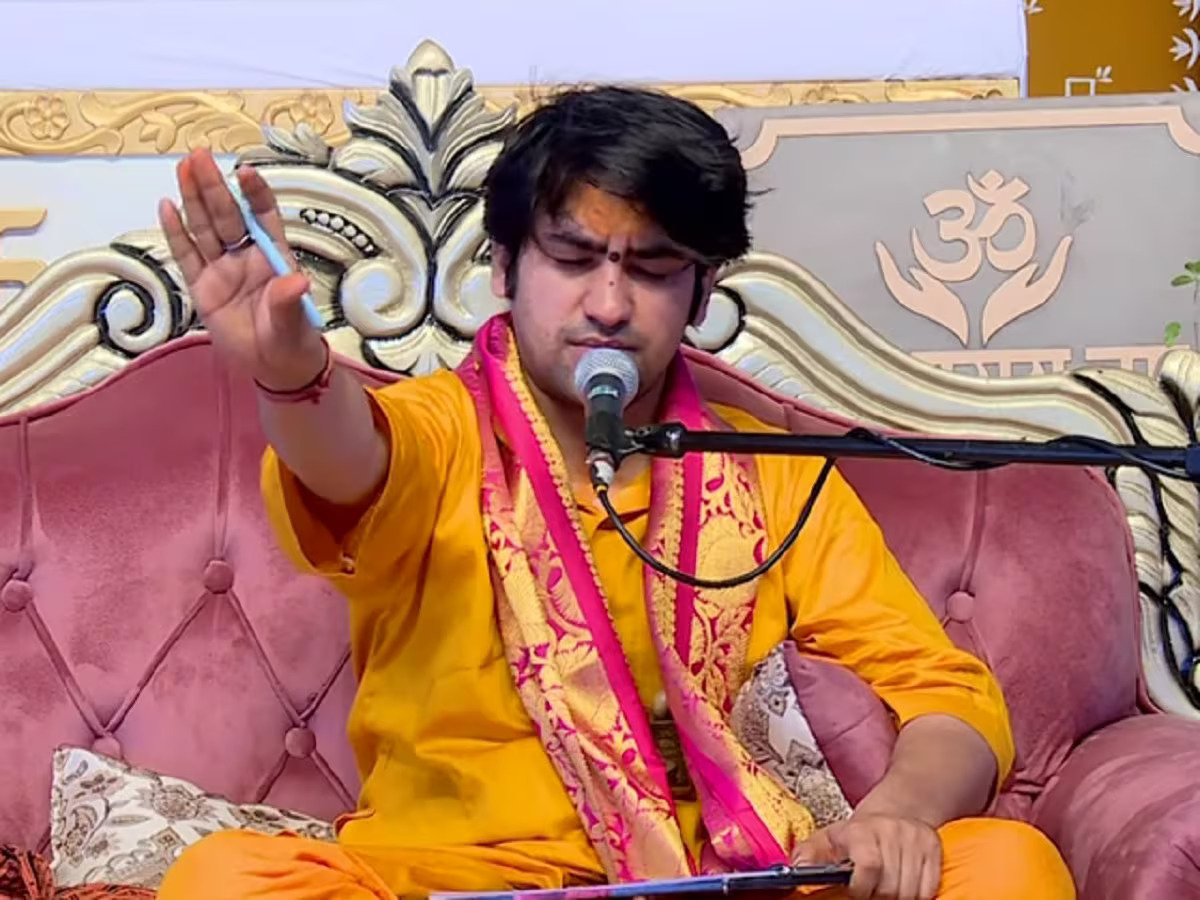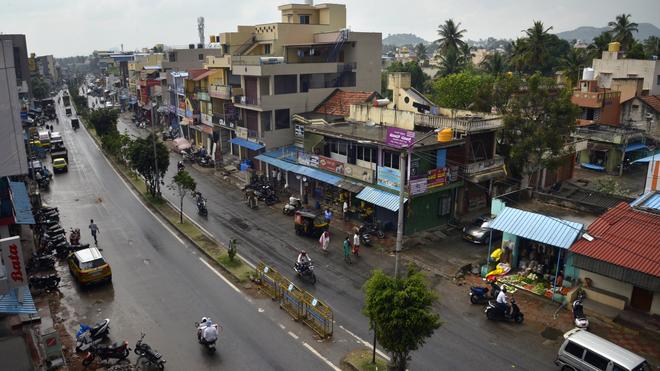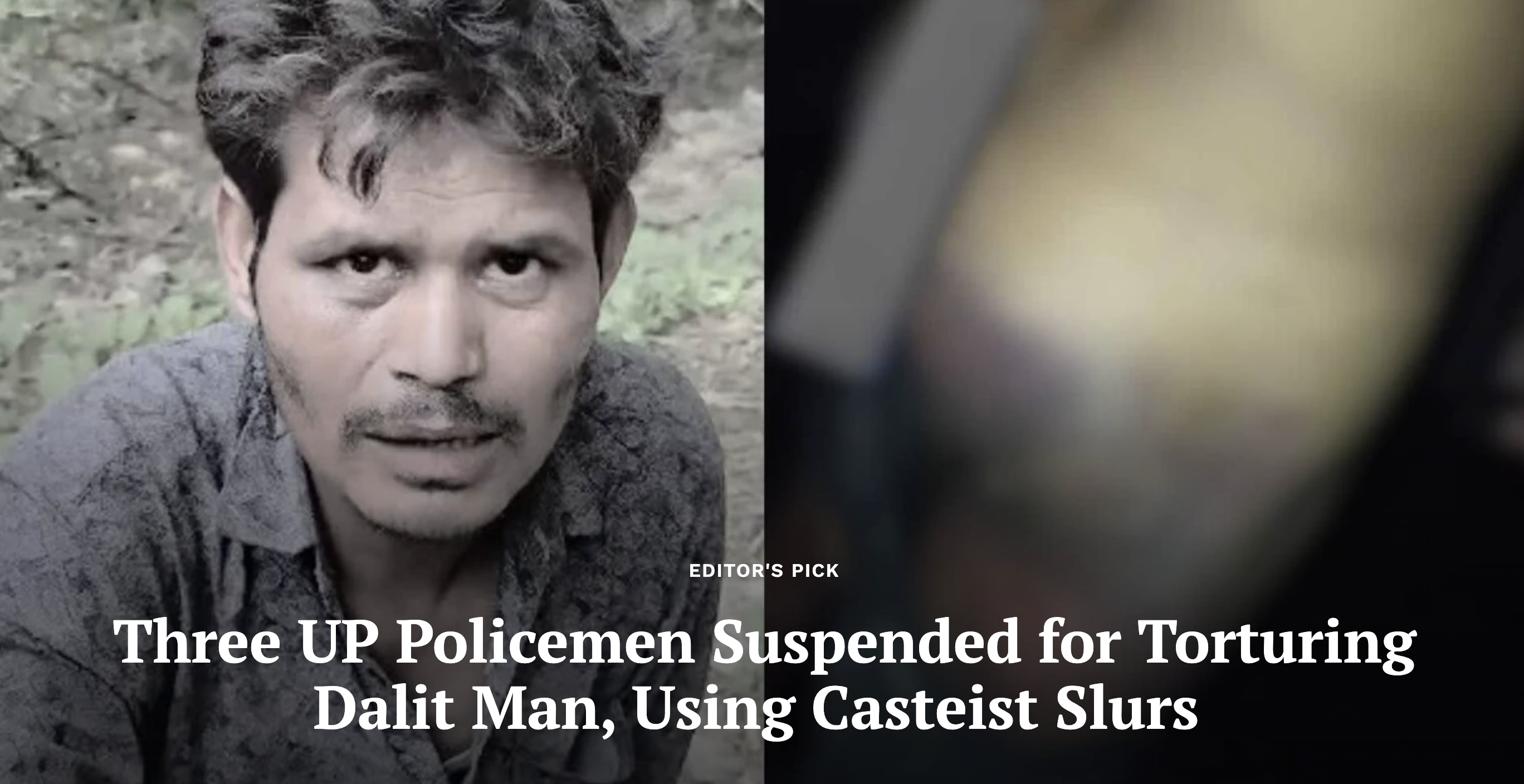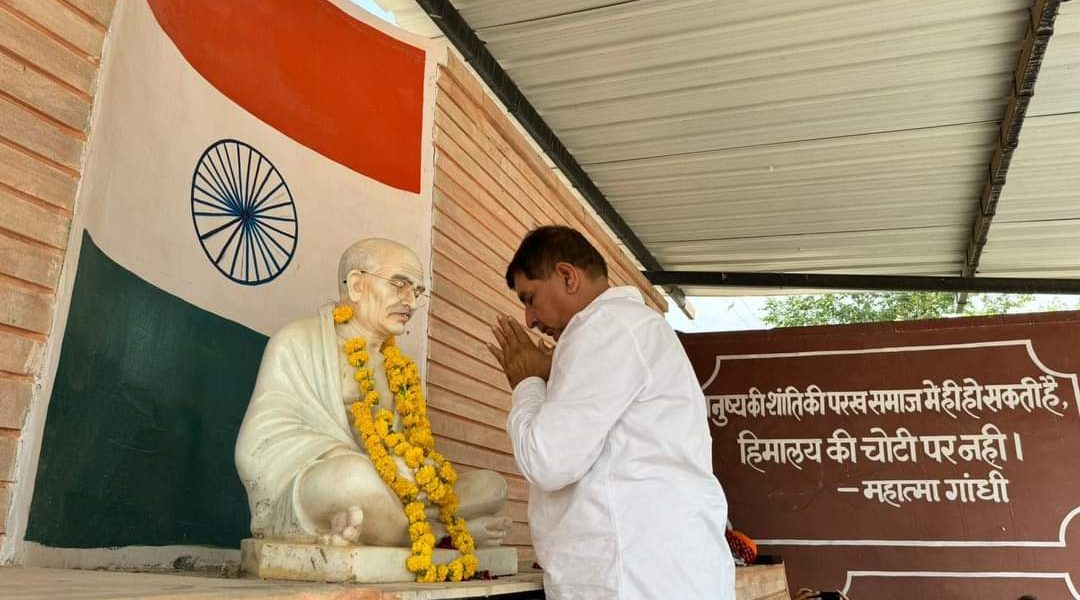
By ABHINAV SEKHRI / Article14
New Delhi: As news trickled in on 14 March 2022 that a special court in India’s capital had granted bail to former Congress party councillor Ishrat Jahan after more than 15 months in jail, following her arrest in the case concerning the larger conspiracy around the communal riots which ravaged parts of North-East Delhi in February 2020, many initial reactions were of disbelief.
It was understandable: this was the first bail granted by the special court in FIR No 59 of 2020 registered with a Delhi police unit called the Special Cell, in which the draconian Unlawful Activities Prevention Act (UAPA) 1967 had been invoked by the police.
The four other accused persons who had been granted bail (on merits) so far had all secured their liberty pursuant to orders of the Delhi High Court. One accused person was granted bail by the High Court on “humanitarian grounds”.
At least 53 people were killed, two-thirds Muslim, in the communal violence that swept northeast Delhi between 23-25 February 2020. Of the 18 people currently accused of instigating the riots and facing charges of terrorism under the UAPA and murder, sedition and over two dozen other crimes under the Indian Penal Code, 1860, 16 are Muslim.
The UAPA is India’s primary anti-terror law and contains provisions designed to make grant of bail harder than under the ordinary process, by requiring courts to refuse bail so long as the police is able to demonstrate that the case against an accused is ‘prime facie’ true.
As I have written before in Article 14, The provisions of the UAPA are “criminally overbroad, excessively vague, and short of a legislative carte blanche to state-sponsored violations of fundamental rights guaranteed by the constitution”. Broadly defined anti-terror laws are especially effective since almost all countries equip anti-terror laws with provisions that dilute procedural rights available to accused persons, elongated pre-trial custody and make bail harder.
In granting bail to Jahan, the obvious implication which arose is that a court has concluded that the case against her did not meet this threshold. The very clause designed to restrict bail, therefore, would have delivered an indictment of the police case itself.
The order granting bail to Jahan, as I contend here, does not travel this distance, adopting instead a tightrope-walking technique which sufficiently justified bail but at the same time did not engage with the larger case of the prosecution.
In no small measure was this possible because of the specific allegations made against Ishrat Jahan, to which we now turn.
Reaping The Harvest Of Conspiracies—Or Not
The primary allegation against Jahan was not that she was on the ground in northeast Delhi during those fateful days. It was that she was part of a larger conspiracy which had sought to bring things to a boil, and ultimately caused the riot to happen. There had been calls and meetings between her and other accused persons, she had given speeches exhorting people to protest against the law and the government, and suspicious money seemed to have come her way and was allegedly used to fuel the protest.
This logic had been sufficient for a different court to deny bail to student activist Safoora Zargar in 2020. However, by granting bail to Jahan the special court has not necessarily disagreed with this view.
Instead, it would appear that the links of Jahan with the riots were found to be even more tenuous than those of some other co-accused, which meant the special court could not accept this logic of conspiracy in her case.
Not only was Jahan not in northeast Delhi during those fateful days, her primary role had been to work at a different protest site in Khureji, far removed from the scenes of carnage. There had been violence at Khureji, but a specific case had been lodged much prior in time to the UAPA case, where Jahan had already been granted bail.
She was not alleged to be in any of the meetings or the WhatsApp groups through which, the prosecution alleged, the masterminds ran the show. She was giving speeches, but that enough could not connect her to the alleged broader conspiracy, nor was she alleged to have given a call for a chakka jam or roadblock.
The fund-flow might have been suspicious, but did not satisfy the court that it furnished a link between her and the conspiracy. The Court did not enter the issue too much because, in any event, it reminds us that this is only bail and not an order discharging the accused.
Walking A Fine Line
The reminder about bail not being a discharge for the accused became necessary owing to the merits-based test for bail that the UAPA endorsed. The merits of a case are always a material consideration while deciding bail, but in the UAPA context this factor assumes primary importance because of how the statute is worded—section 43-D prescribes that bail shall not be granted if the court thinks the prosecution case is ‘prima facie’ true.
Even though it is well-settled that any views expressed while deciding bail applications do not amount to an expression on the larger case, an extensive merits-based inquiry as is warranted by the UAPA threatens to pierce through this fiction of legality and foretell the fate of the prosecution itself. While technically a judge might not be able to rely upon the bail order to support subsequent findings, a strongly-worded bail order can nevertheless send a message.
As a result, the prosecution can be placed in a quandary—a sprawling conspiracy case might help to secure custody and deny bail, but even one strong bail order can bring the case down by exposing it as being a house of cards. This, in turn, prompts the investigative agencies to challenge the bail order itself to reduce its fallout by securing an order from a superior court which might send a contrary signal to the adjudicator in the future.
So far, the Supreme Court has not helped to clarify the field—it has only extensively engaged with the clause once, where it only complicated matters further by stating that while bail itself may not herald discharge, bail is likely to be harder where charges have been framed.
UAPA bails are, therefore, a fraught exercise where it is quite likely that any order will invite a challenge on account of upsetting the broader case of the prosecution at a preliminary stage. A court may well embrace this conflict, or it may well try to avoid it depending on the specific allegations against an accused.
Viewed with this lens, one gets a sense of what is going on with the order granting bail to Ishrat Jahan—it is a display of the second kind of reasoning. The order neatly removes one card from the deck without bringing the house down, and it manages to do so only because the case against this specific accused was built that way by the prosecution, something a court may not be able to do for other accused persons.
If the entire case is built upon impressing the court of a larger conspiracy hatched over WhatsApp Groups and through clandestine meetings masterminded by this accused, amongst others, the case against this one person automatically weakens once she cannot be placed at any of these alleged meetings or within the groups. The court does not need to travel any further with the facts to justify the grant of bail.
However, even the loose cards do not come out perfectly, and we see that with how the Court addressed the issues regarding allegations of suspicious funds by kicking the can down the road, for now. Whether the prosecution views this as being a serious threat to its case prompting a challenge, only time will tell.
Curbing Limitless Pre-Trial Detention
Soon after Ishrat Jahan was arrested in March 2020, the country underwent a national lockdown which brought almost all aspects of life to a standstill, including court proceedings.
It is anyone’s guess whether her case, and that of the others accused in FIR 59 of 2020 would have travelled faster through the criminal process. What matters is that it did not, and many of the other co-accused in this case have spent more than a year in jail, even before the trial has formally begun.
These persons contribute to the swelling figures of pre-trial prisoners occupying India’s prisons for over a year, a figure that has jumped up considerably over the past decade. More often than not, the persons behind the statistics are not as fortunate as Jahan—they are mostly men, and are disproportionately composed of the poor and marginalised segments of society.
For a barely-funded legal system, it is imaginable why indefinite incarceration, rather than concerted efforts to ensure a speedy trial, becomes the default option to provide society the panacea of security that it craves faced with a threat to our peaceful co-existence.
But this is a classic case of drinking from the poisoned chalice, and the cost is felt by everyone involved: a bail order causes embarrassment to the police which trumps up its case, to courts which are chided for not intervening sooner, and irreparable loss to the accused who is told that the case justifying her custody for the past year is, well, not that strong after all.
An odd combination of arrests, bails, convictions and acquittals is managing to sustain an image of legitimacy for the criminal justice system. This is a mirage, masking a ridiculous state of affairs—case pendency in Delhi’s trial courts went over 93%, undertrial prisoner population is over 90% and effective legal aid is scarcely available.
Perhaps, it is not the prosecution case, but the criminal justice system that is the real house of cards here.
This article first appeared on article-14.com





